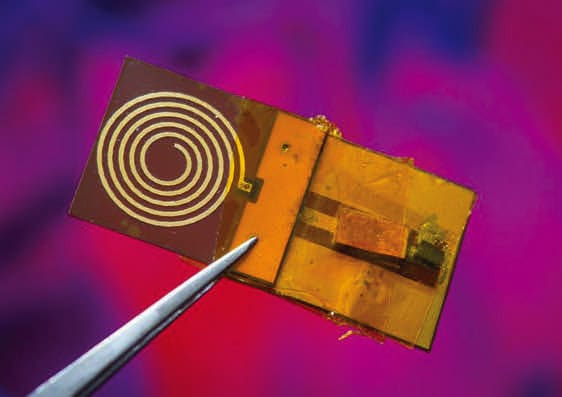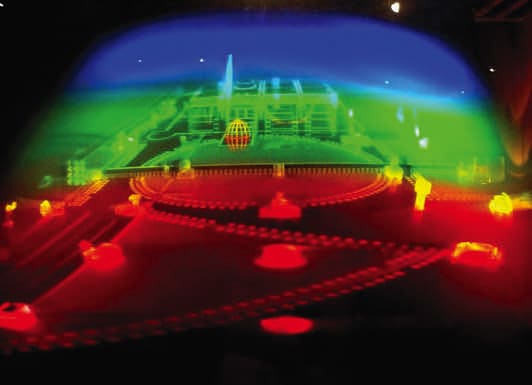This column presents technologies that have applications in commercial areas, possibly creating the products of tomorrow. To learn more about each technology, see the contact information provided for that innovation.
Battery-Free Force Stickers

Engineers at the University of California San Diego have developed electronic “stickers” that measure the force exerted by one object upon another. The force stickers are wireless, run without batteries and fit in tight spaces. That makes them versatile for a wide range of applications, from arming robots with a sense of touch to elevating the immersive experience of VR and AR, making biomedical devices smarter, monitoring the safety of industrial equipment, and improving the accuracy and efficiency of inventory management in warehouses. In tests, the force stickers were extremely durable. They withstood more than 10,000 force applications and remained consistently accurate. Additionally, they can be fabricated at low cost, with each sticker amounting to less than $2, according to the researchers.
Contact: Liezel Labios
858-246-1124
This email address is being protected from spambots. You need JavaScript enabled to view it.
3D Holographic Displays

Researchers at Chiba University have developed a computationally inexpensive deep-learning method that simplifies the creation of holograms, allowing 3D images to be generated directly from 2D photos captured using ordinary cameras. This technique, involving a sequence of three deep neural networks, circumvents many computational challenges associated with the conventional method and represents an easier approach for generating holograms. In the future, this approach can have potential applications in heads-up and head-mounted displays for generating high-fidelity 3D displays. It also has the potential to revolutionize the generation of an in-vehicle holographic head-up display, which may be able to present the necessary information on people, roads, and signs to passengers in 3D.
Contact: Momoko Watanbe
+81-43-290-2018
This email address is being protected from spambots. You need JavaScript enabled to view it.
An AI Co-Pilot

The Air-Guardian is a system developed by researchers at the MIT Computer Science and Artificial Intelligence Laboratory. As modern pilots grapple with an onslaught of information from multiple monitors, especially during critical moments, Air-Guardian acts as a proactive co-pilot. For humans, it uses eye-tracking, and for the neural system, it relies on something called “saliency maps,” which pinpoint where attention is directed. The maps serve as visual guides highlighting key regions within an image, aiding in grasping and deciphering the behavior of intricate algorithms. Air-Guardian identifies early signs of potential risks through these attention markers, instead of only intervening during safety breaches like traditional autopilot systems. The broader implications of this system reach beyond aviation. Similar cooperative control mechanisms could one day be used in cars, drones, and a wider spectrum of robotics.

